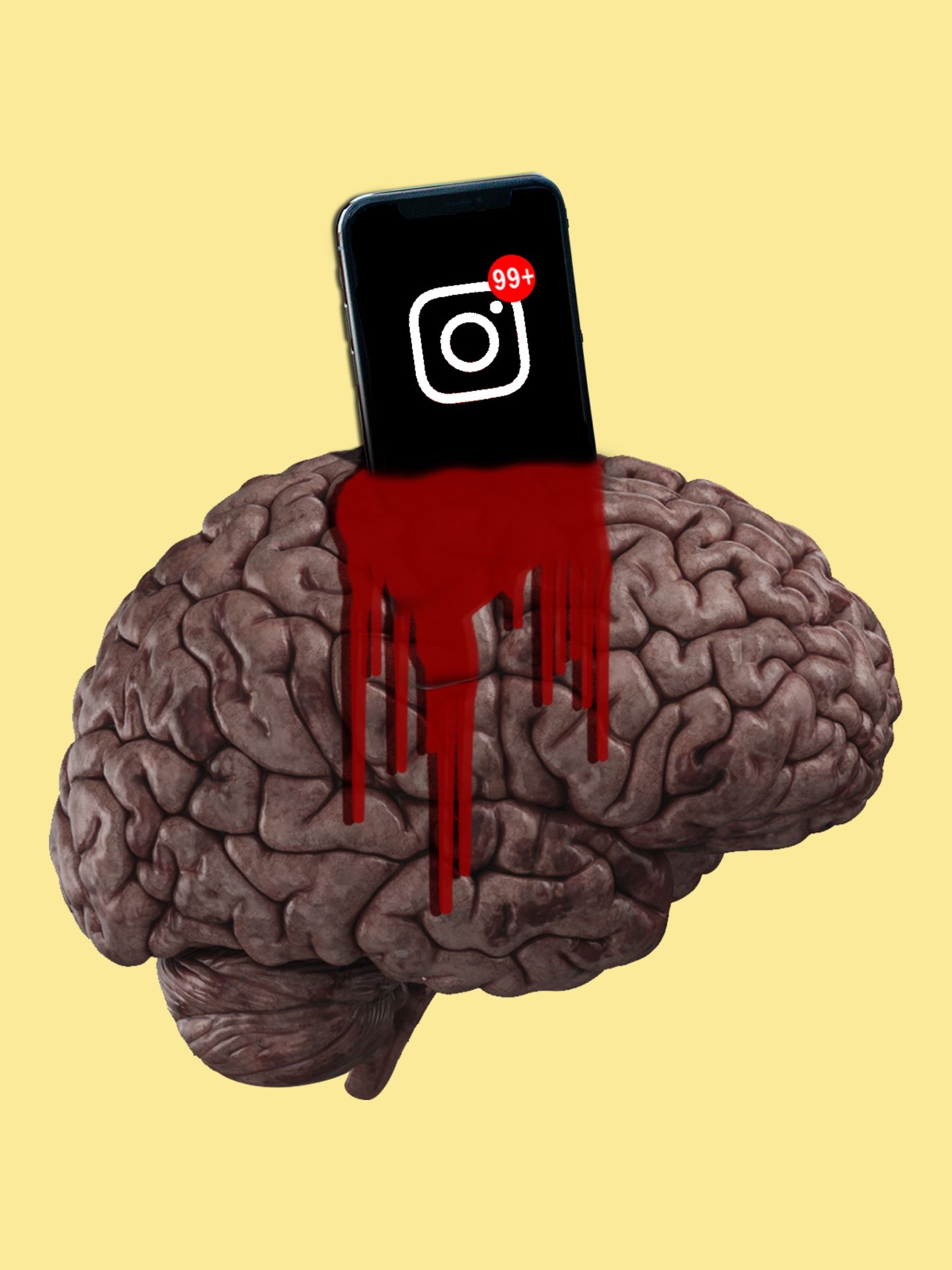The Lamen

Why an adult ADHD diagnosis is more common than ever
How adult ADHD is misunderstood, exploited and stigmatized.
Illustration: Generated with Bing AI
Drug shortages are becoming increasingly common in the U.S. and are lasting longer than usual. The persistent Adderall shortage, however, hints at something beyond supply chain issues. Prescription stimulant use more than doubled in the U.S. between 2006 and 2016, and there’s a constant influx of ADHD content on TikTok — making it seem like every is suddenly dealing with adult ADHD.
The core concept of attention-deficit/hyperactivity disorder has generally been perceived as something that applies to children — daydreaming, jitteriness, and impulsivity that results in disruptive behavior — but goes away by the time they reach adulthood. However, psychiatrists are becoming increasingly vocal about how we’re using an outdated definition of the condition, resulting in false diagnoses and a far more concerning ADHD-stimulant epidemic.
People being vocal about their ADHD diagnosis in recent years has driven several others to seek assessment. In the U.K., the ADHD Foundation reports that they have seen a 400 percent increase in the number of adults seeking a diagnosis since 2020. This increased awareness was somewhat attributed to the pandemic — emotional dysregulation and the dramatic change in environment negatively affected concentration and adults’ ability to work, and they had the time to research what they were experiencing. While this may seem particularly illuminating to some, there’s an even deeper stigma associated with an ADHD diagnosis.
The polite skepticism sprouts from the fact that many people refuse to accept that adult ADHD is a “real” condition. Instead, it is perceived as a badge of victimhood or a get-out-of-work card — highlighting how information about a complex neurological disorder has been undermined by dismissive attitudes and the dubious content being churned by ADHD influencers.
Recent research shows that nearly 70 percent of young adults who show signs of ADHD had never shown those symptoms earlier in life, leaving them in uncharted territory. This passive hostility only adds to the risk of developing additional mental health disorders.
Does this mean ADHD is not being oversold? Probably not. In his book ADHD Nation, journalist Alan Schwarz detailed how pharmaceutical companies and self-help authors had successfully marketed the condition to a broader population by diluting its diagnostic criteria — luring them into the “ADHD industrial complex.” Investigations have found that telemedicine companies prescribe Adderall and other controlled substances like candy — having overworked professionals and exhausted students use stimulants “as a salve.”

Image: Unsplash
The dramatic promotion of ADHD into a crippling neurological disorder has resulted in nonpharmaceutical methods of treatment — particularly cognitive behavioral therapy — being overshadowed. A growing portion of the adult population is unfairly labeling their distractibility as a consequence of ADHD, and an increasing number of false diagnoses are denying treatment to patients who need it most.
Pharmacotherapeutic treatment for ADHD can easily spin out of control. People with ADHD regularly succumb to substance abuse — attributed to childhood adversities or their need to curb impulsivity. Methylphenidate-based medications like Ritalin increase the activity of dopamine and noradrenaline in the brain to improve attention. Adderall has a similar dopamine-releasing effect but reaches its peak more gradually than Ritalin. However, these stimulants have notable side effects over the short- and long term.
Side effects like overstimulation and sleep disturbance are common in the short term. As the natural production of neurotransmitters halts and the tolerance of these drugs rises, patients require higher doses to achieve the same effect — potentially leading to an increased risk of cardiovascular disease and even decreased life expectancy in some cases.
ADHD is undoubtedly real, and its core elements of distractibility and disruptive behavior can often go overlooked. The negative consequences of untreated ADHD go beyond frustrating work experience, with an increased risk of cigarette smoking, substance abuse, criminal activity, and even mortality in some cases. A diagnosis allows many patients to thrive — but a misdiagnosis similarly results in the continued suffering of another.